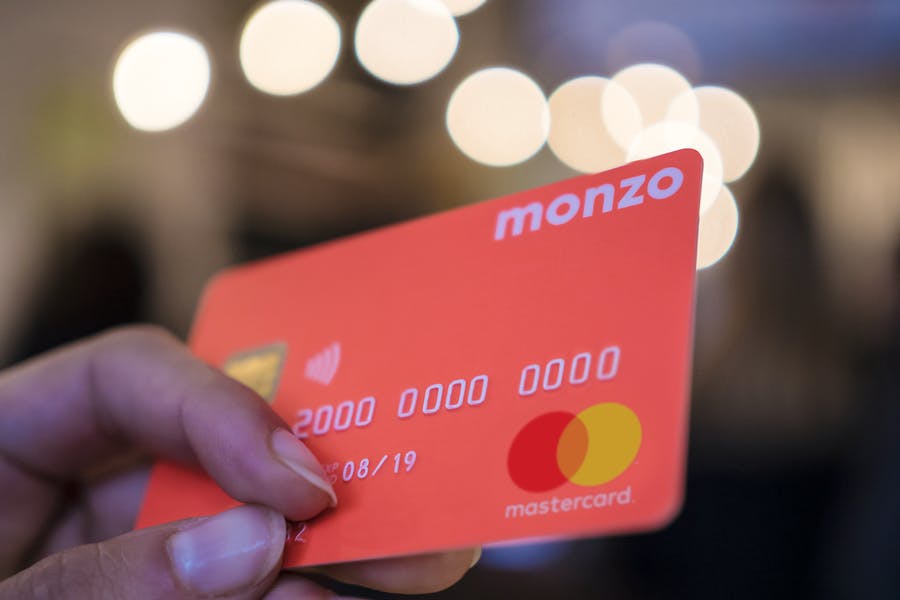Innovative, transparent, simple, easy, fair, open, helpful, honest, smart and caring. These are the top ten words customers use when describing Monzo’s culture on Smart Money People. It comes as little wonder then that since launching in 2015, Monzo has picked-up some two million current account customers, is valued at two billion pounds, and now has its sights set on cracking America.
Young Brits have flocked to Monzo, and its bright coral card, in their droves, because carrying around a Monzo card is cool. Gimmicks like a rumoured £70 metal card which confers no additional benefits other than looking good in your hand as you pay for your chai latte, won’t help Monzo to lure in new customers, but it does help keep brand Monzo Instagram ready, which is an impressive feat for a start-up operating in the typically unglamorous financial services sector.
What makes Monzo different to the likes of Halifax and NatWest? Is there any substance behind the gimmicks and the hype? My take is that there is. And here’s why:
It’s all about the app
Monzo is a mobile-app based bank that’s been developed inhouse. This means that it doesn’t have to unpick decades of legacy systems that make seemingly basic tasks difficult. This gives Monzo the innovation edge in the minds of customers. For example, it offers budget management features that help customers better manage their money, like ‘pots’ which can be used to save up for specific goals. Monzo also took home ‘Best Banking App’ at the British Bank Awards.
Transparency
Monzo’s customers view it as transparent, which can’t be said for most banks. It has worked hard to make things like terms and conditions simple to understand, publishes its roadmap, and has won plaudits for honest communication when things have gone wrong, like system outages. Monzo is also the only bank with an active and public online community through which open, and at times critical, discussion is allowed.
Everyday banking
Large retail banks have traditionally been focused on increasing wallet share or cross selling products, in order to make current account customers more profitable. Then Monzo (and Starling Bank) came along with a new idea. Focus on creating a great current account, and use your position as a trusted financial hub to introduce them to other providers who can offer them mortgages or savings products. There may come a time when aggressively promoting marketplace partners is required to grow revenue, but that time is not now, and this approach is delivering a very different customer relationship.
Monzo, along with other FinTech (financial technology) companies like Starling Bank and Revolut have traditionally offered lower charges and fees for using their cards, including when travelling abroad, the kind of features that make customers feel fairly treated and cared for.
Is it safe?
But it’s not all been plain sailing. At the start of this month Monzo announced that it had been storing around half a million customer PIN numbers in files that its software developers had access too. No fraud has been reported, but it does offer the cynics a new line of attack. Other criticisms levelled at Monzo is that it’s a London-centric phenomenon, that the marketplace won’t deliver enough revenue to make the numbers add up, and that too few customers are switching away from their main current account provider, instead viewing Monzo as a nice-to-have secondary account.
Hype, gimmicks and cynics aside, Monzo and its fiercest competitor Starling Bank, are revolutionising the way many of us think about banking. And while Monzo won’t be for everybody, if it is able to deliver the reliability and security that still give big banks an upper hand in the minds of many customers, then it has hit a home run.
Michael Fotis is the founder of Smart Money People, a consumer review website for financial products and services.






Comments